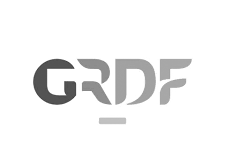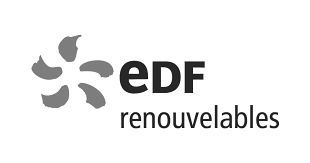"Support for methanization projects" to accompany GRDF and farmer groups within AAMF
The planning of the energy and ecological transitions when applied to territorial regions are still emerging subjects, particularly when it comes to methanization sites. Integration issues arise, from a variety of perspectives from landscape to social points of view.
The aim is to anticipate the impact of methanization facilities on the local landscape, and to identify possible improvements to be made from their installation to operation.
What's more, very few calls for tender of this type are positioned within a vision ranging from the territorial scale to that of the infrastructure itself.
The approach adopted will seek to anticipate the problems on the issues raised by each project studied, at both at regional and local levels, in order to identify possible improvements not only during the project design phase, but also during its construction and, later, during operation.
The general approach of the study is based on 4
topics:
- Reflection on the territorial attributes of energy, and the relationship between the methanization site and landscape on a large scale.
- Consideration of energy infrastructures as tools for regional development
- The architectural and landscape identity of biogas plants and the evolution of their status in regional territory. The aim is to make sense of the facility’s social, economic, natural and landscape environment.
- The methanization site's relationship with its environment and ecological continuity. Can the methanization site become an integral part of its natural environment?
Our team of landscape architects would like to create two indicators: the Nature Potential Index (technical expertise) and the Common Potential Index (user participation). These indicators, applied to each biogas plant, will illustrate its potential impact on nature and its development potential, as well as the facility’s potential to connect with the social context.
We’d also like to create two charters: A Quality Charter, defining the principles to be taken into account by project developers, and action sheets for each configuration encountered.
An Edge Charter: The installation of a biogas plant will reveal the edges of the site, and the need to adopt an “edge strategy” to deal with them. These are areas of friction between nature, the environment and the proposed equipment.
We consider "edges" to be high-stakes areas for integration and land-use planning. Several types of edges - agricultural, forest, water, infrastructure and park - form a truly interdependent network. Agricultural edges, water edges and forest edges are invaluable because they concentrate the greatest number of concerns (ecological richness, land pressure, flood risk, etc.).
Study Methodology
Regional territory is a triptych of space, activities and people. Our team will carry out field surveys, mapping and exploratory scenarios.
The aim will be to identify dynamics underway in the region, in terms of actions and mechanisms. A list will be drawn up of existing stakeholders: local residents, associations, public institutions, businesses and other entities whose actions may or may not have an influence in the area.
From local to territorial scale
The landscape design team's work will focus on both large-scale themes and small-scale project tools. The territorial map will be used to identify strategic sites where to intervene in priority.
The master “edge plan” will then be scaled to laboratory sites, as a guide to the future regional territory project. Finally, the plans and detail drawings of the methanizer's edges will clarify the project's intentions by proposing operational tools at the site’s scale. The work done on the edges of the biogas plant will show the interest given to natural environments.
Consultation, stakeholders, discourse analysis
This method for project developers will be based on the participation of local stakeholders (entrepreneurial farmers, businesses, technicians, elected representatives, citizens, etc.) will be innovative (notably models, maps, but also using digital technology and social networks) and collaborative (participative workshops, café meetings, hikes) systems.
A simple, low-cost investment will enable a better understanding of the methanization site’s operation and its relationship with the region and its users.
La Fabrique terrestre, aquatique et aérienne : Project team : Christina Ottaviano, Gilles Eeckhoudt, Manon Cadoux, Louis Baudry.
Iconographic credits : DR, Droit Réservé, Christina Ottaviano, GRDF, Thibault et François-Xavier Létang, AAMF ;
https://projet-methanisation.grdf.fr/
https://WWW.lemoniteur77.com/sourdun-compte-desormais-deux-unites-de-production-de-gaz-vert-3733.html
https://WWW.iledefrance.fr/methanisation-une-fabrique-denergie-verte-encourageeDonateurs
et sponsors
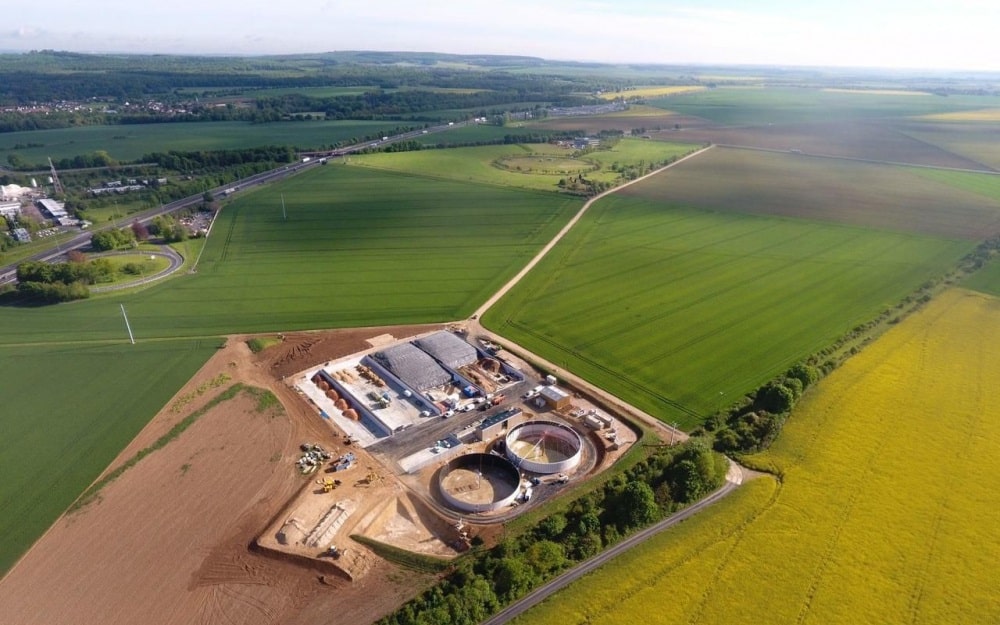

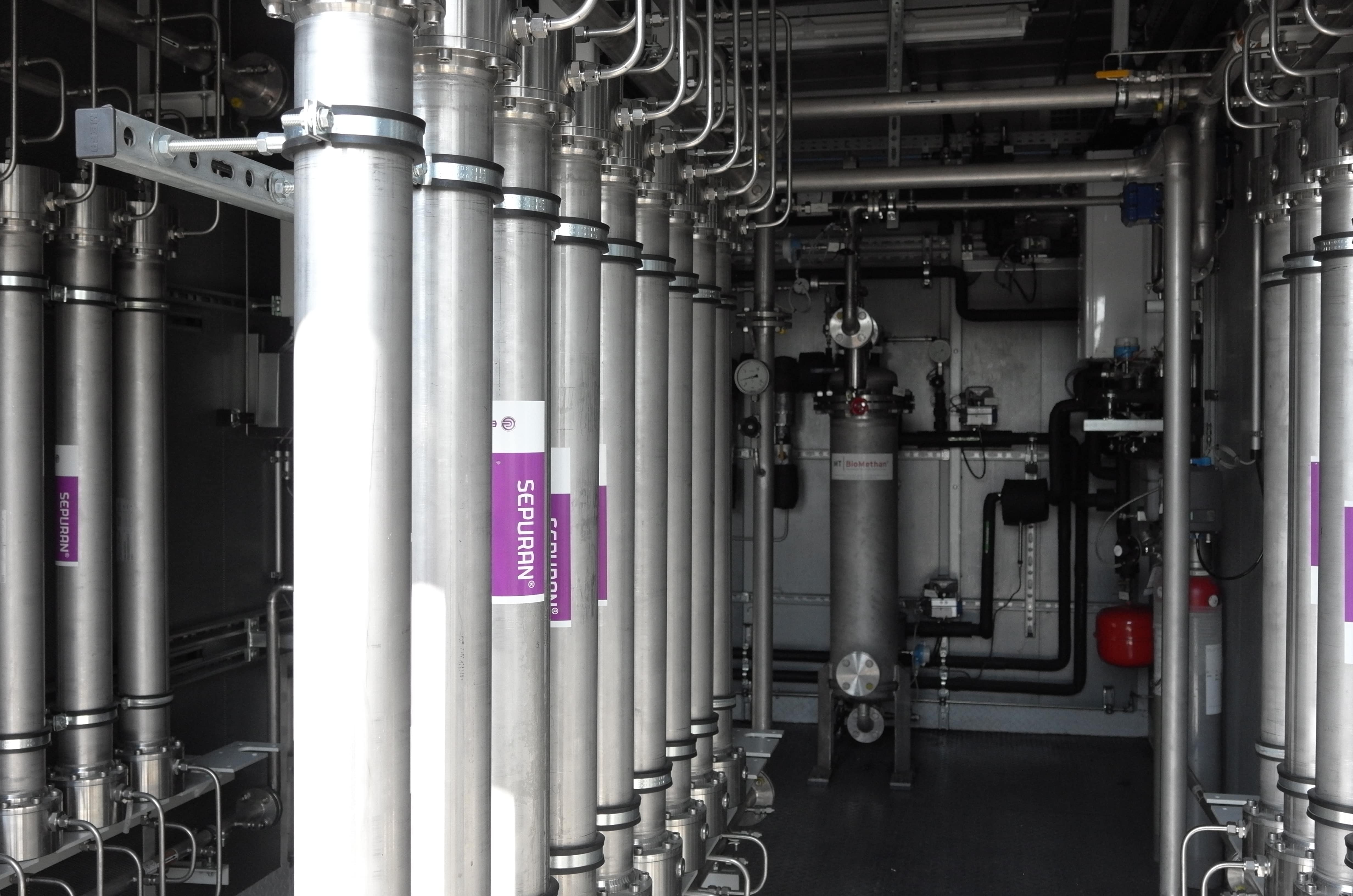

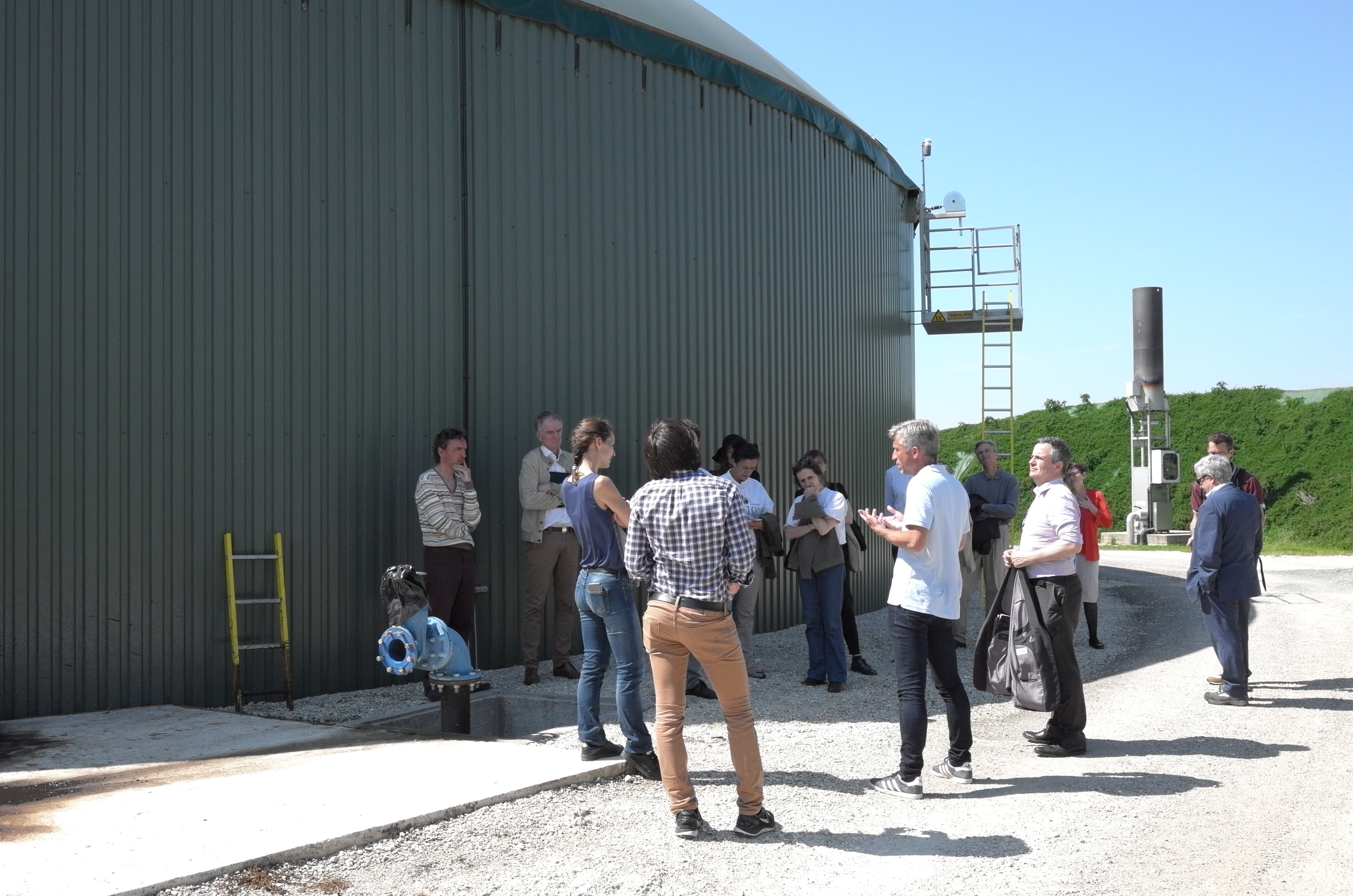
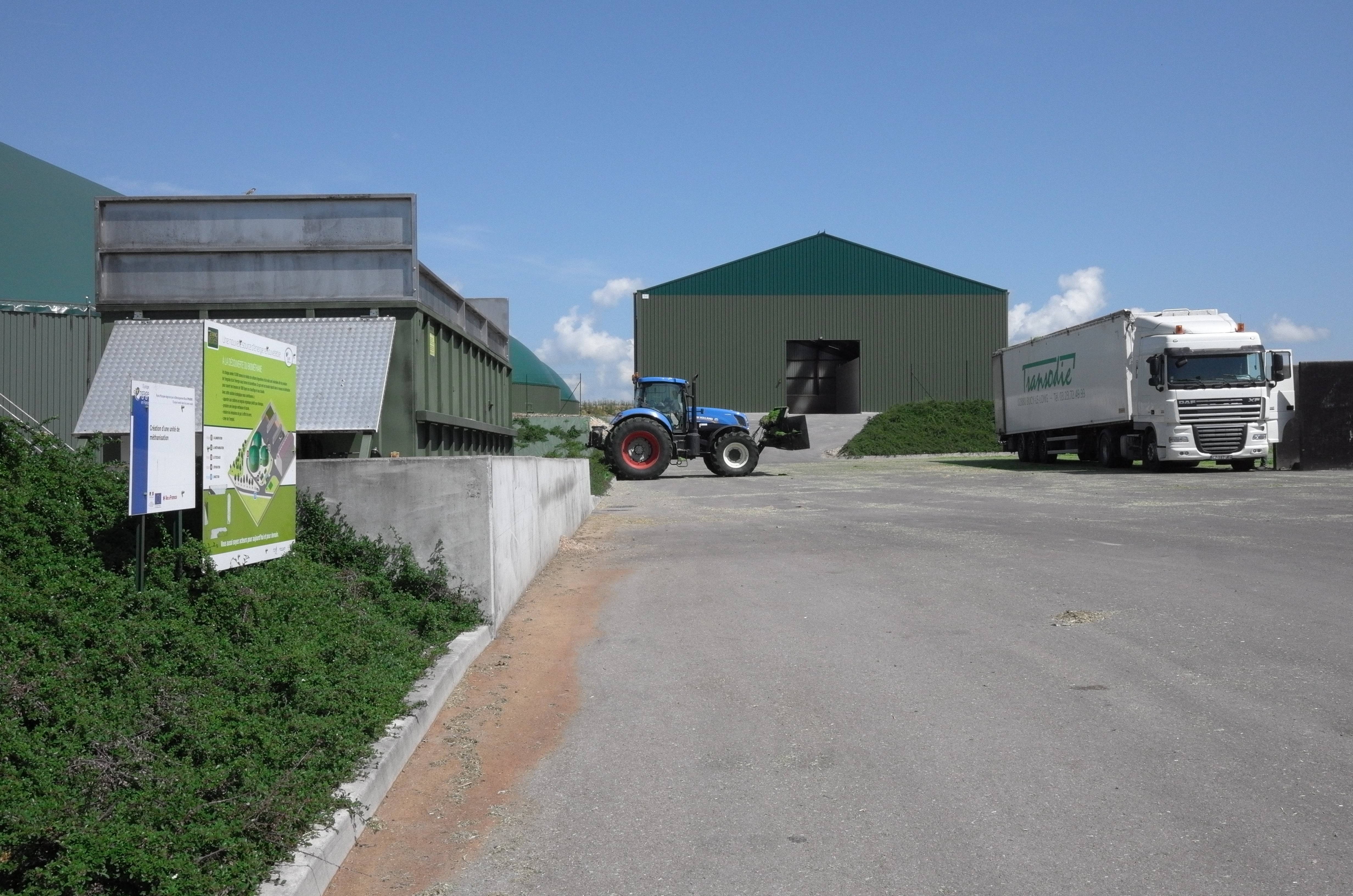
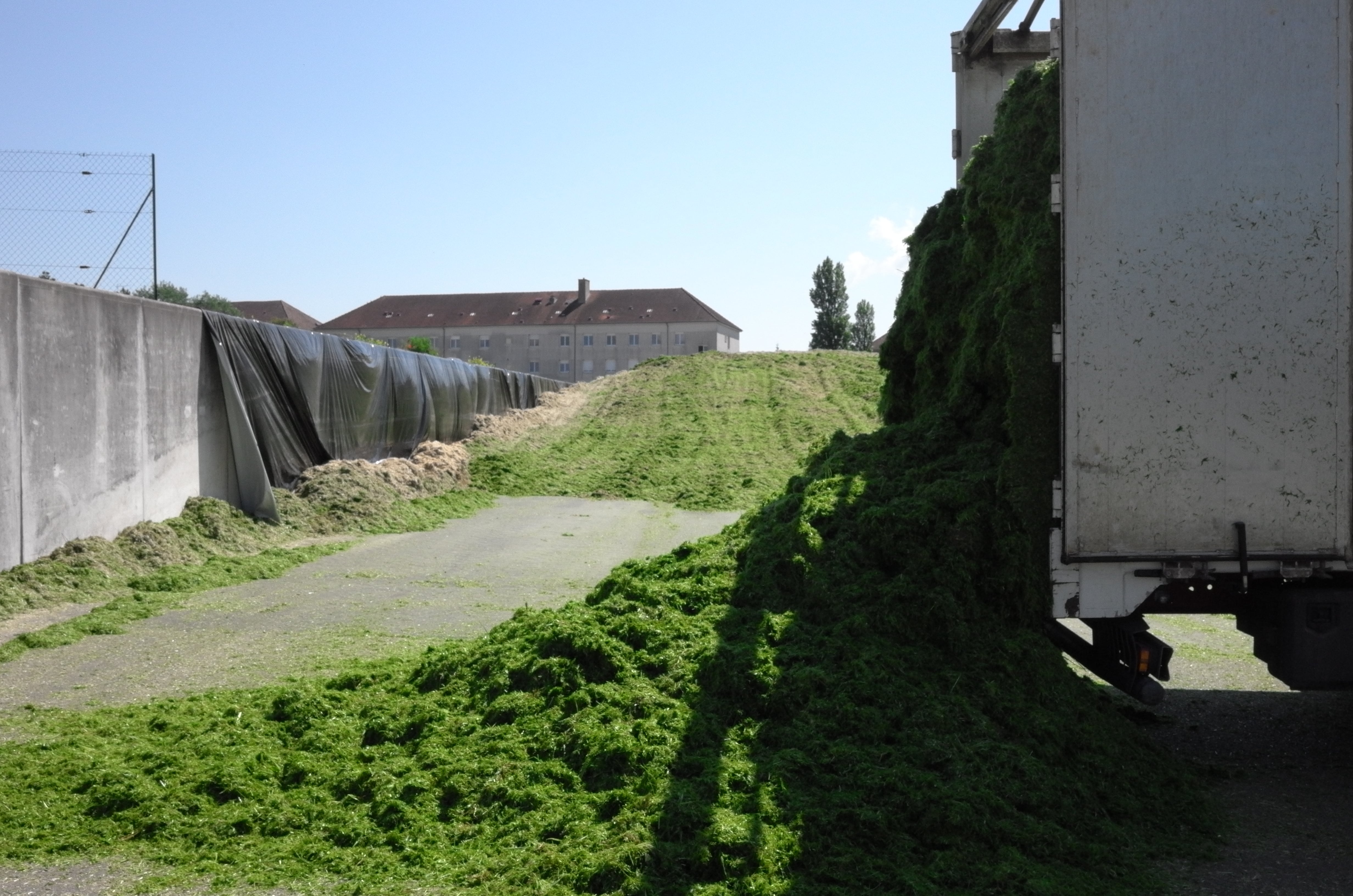
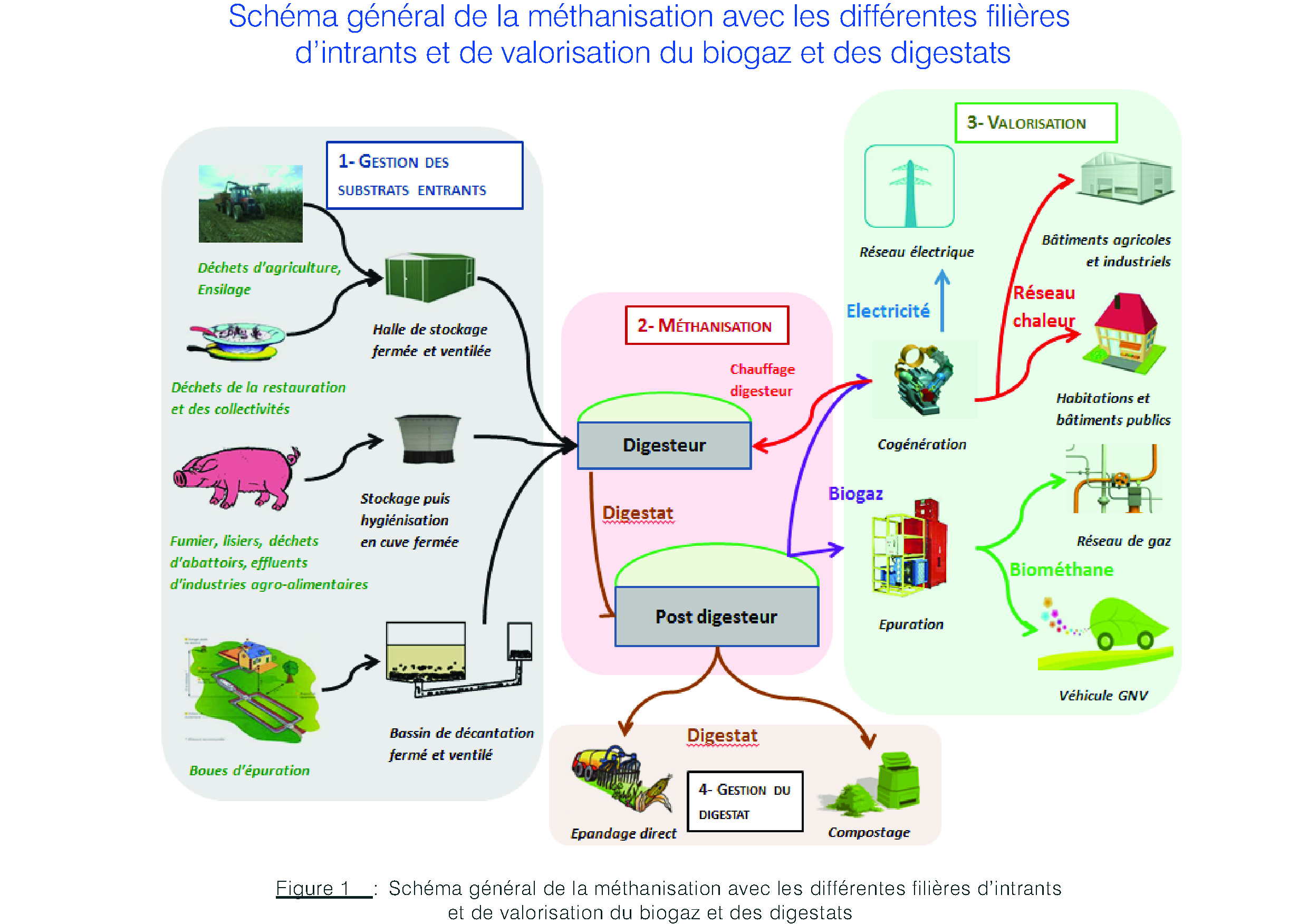
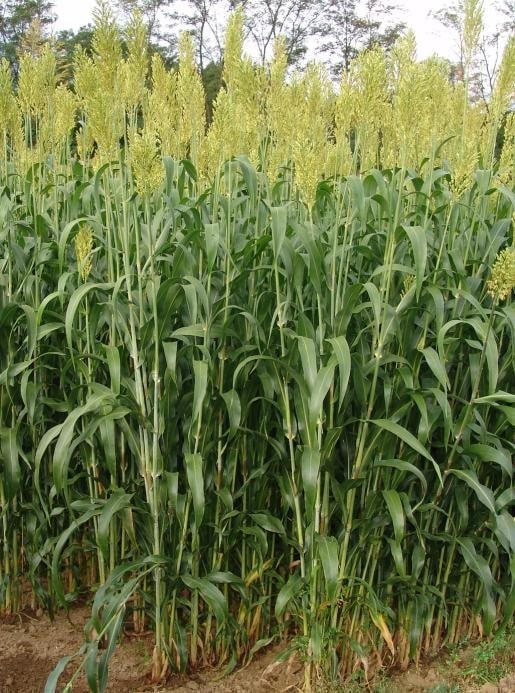
-min.3721998.jpg)

